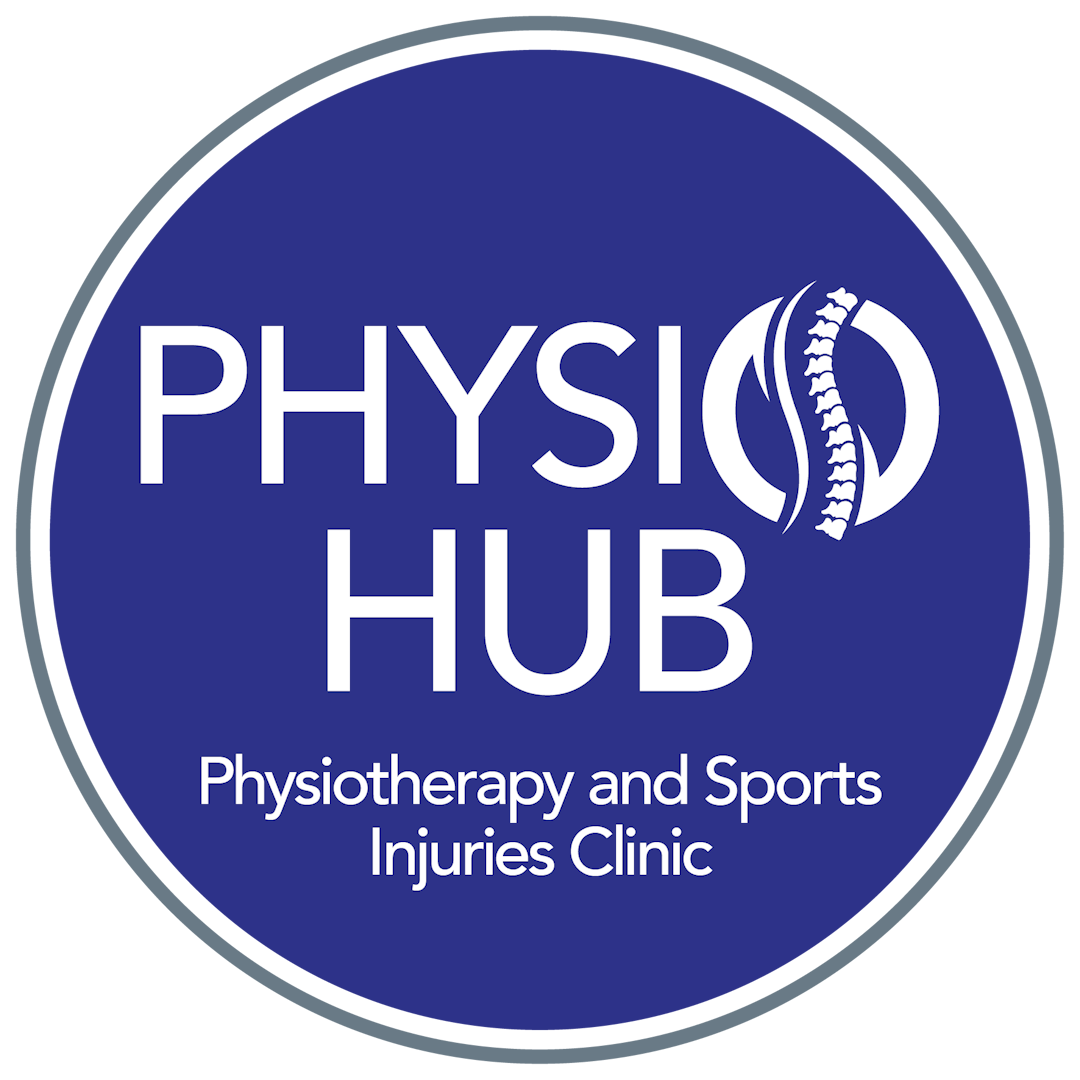Shoulder pain can result from various factors, including rotator cuff injuries, tendonitis, and overuse. If you experience persistent shoulder pain, limited range of motion, or discomfort that interferes with daily activities, it's advisable to seek physiotherapy. Early intervention can help identify the underlying cause and implement targeted treatments to alleviate pain and improve shoulder function.
